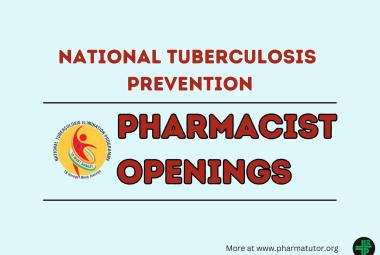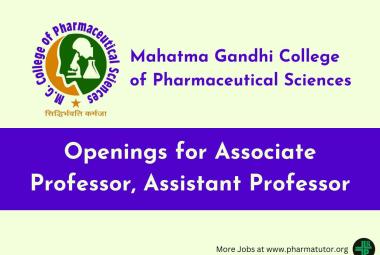Work for D.Pharm/B.Pharm/B.Sc as Marketing Representative in Nakoda Marketing
 Nakoda Marketing Pvt. Ltd. was incepted/ incorporated in 1999. With its marketing office at mumbai, nakoda marketing Pvt. Ltd. started its nationwide ethical operations, and within few years of launch, company expanded its specialty range with more than 30 latest products and widened its horizons to mark its presence in the Indian derma/ cosmetology field.
Nakoda Marketing Pvt. Ltd. was incepted/ incorporated in 1999. With its marketing office at mumbai, nakoda marketing Pvt. Ltd. started its nationwide ethical operations, and within few years of launch, company expanded its specialty range with more than 30 latest products and widened its horizons to mark its presence in the Indian derma/ cosmetology field.
MUMBAI BASED COSMO DERM COMPANY. SERVING ALL LEADING DERMATOLOGIST & COSMETOLOGIST .
BOUGHT INTERNATIONAL BRAND LIKE INTOMEDI & RENEWCELL IN INDIA.
Post: Marketing Representative











